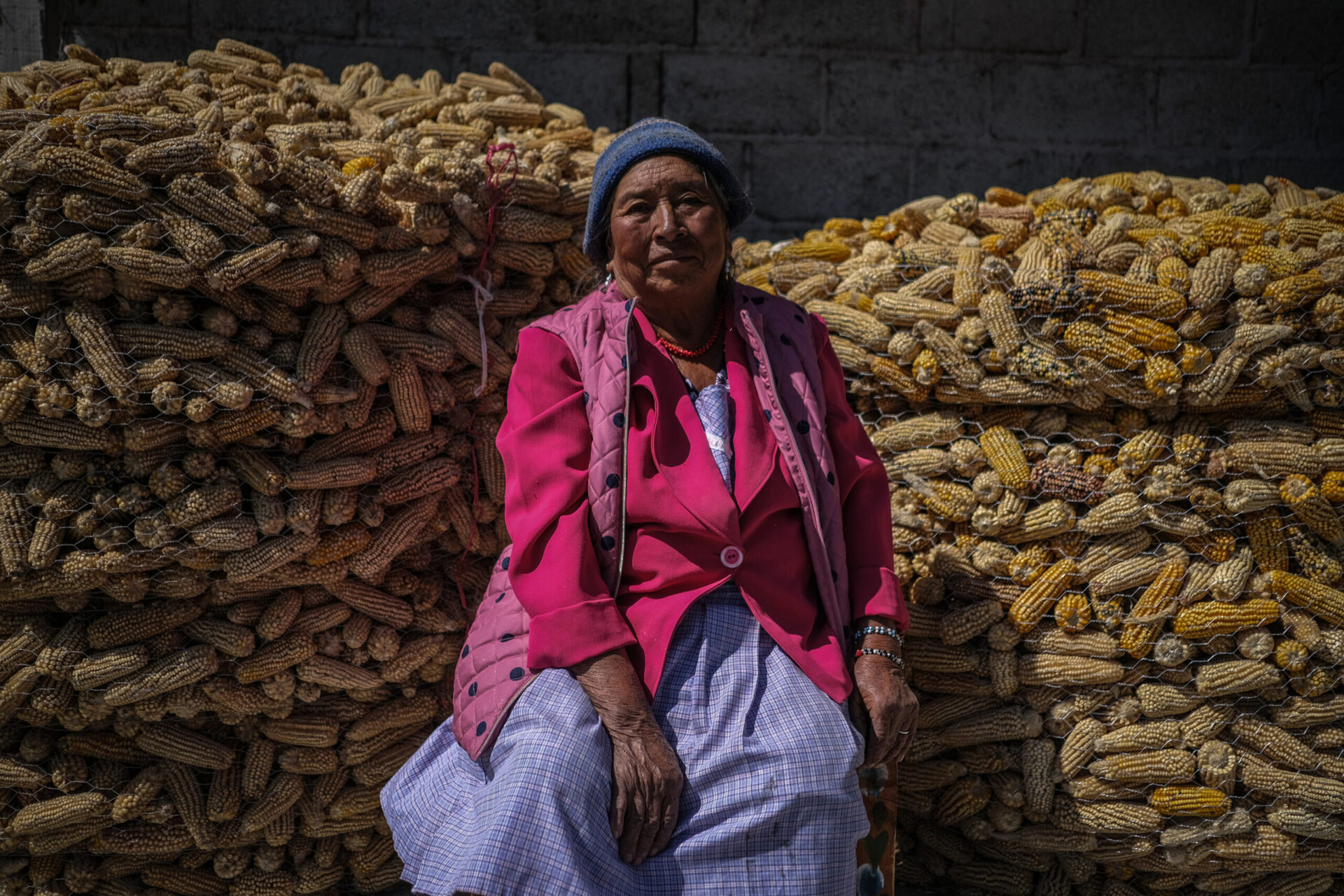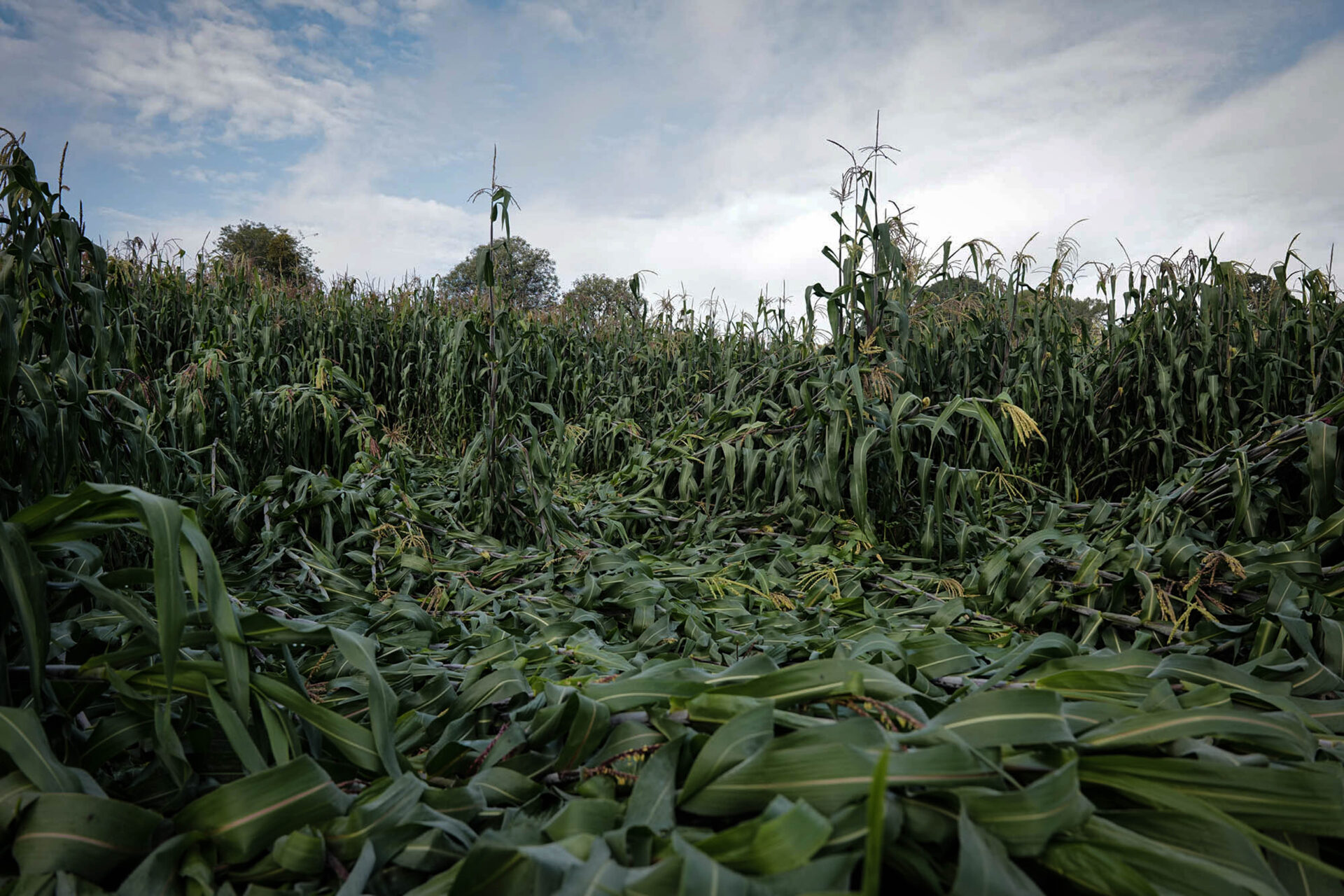

Multimedia
Yes, in Mexico City, besides crowds, concrete and pollution, there is a lot of countryside. Not only that, in 7 of its 16 mayorships native maize is planted, and in fact Mexico’s capital is home to 7 of the 59 known native Mexican maize species.

One of the Mayorships where native maize is still planted is Xochimilco, where chinampa is worked, a pre-Hispanic and agroforestry method of cultivation with many nutrients, conducive to a lake or a wetland.

Once the maize is harvested from the milpa, it is turned into different and very nutritious dishes through an ancestral technique invented and preserved by women: nixtamalization, which enhances the nutritional value of maize. In addition, maize planted in milpas guarantees a chemical-free harvest, unlike the industrialized flours that are so widely consumed in Mexico.
The polyculture system that Mexico boasts to the world was also developed in the chinampas: the milpa. The milpa is an agroecosystem that allows you to take advantage of the land, because in addition to planting corn, other products are planted around it and each one has a function.
For years, Mexico promoted policies that affected the countryside, and especially the cultivation of maize, however, for some years it has once again defended its native maize against the attempts of transnational companies that want to introduce transgenic seeds, which use glyphosate, a chemical that can cause various diseases. This is a battle that continues to be fought at the government level.
The polyculture system that Mexico boasts to the world was also developed in the chinampas: the milpa. The milpa is an agroecosystem that allows you to take advantage of the land, because in addition to planting corn, other products are planted around it and each one has a function.
For years, Mexico promoted policies that affected the countryside, and especially the cultivation of maize, however, for some years it has once again defended its native maize against the attempts of transnational companies that want to introduce transgenic seeds, which use glyphosate, a chemical that can cause various diseases. This is a battle that continues to be fought at the government level.
When this investigation began, Greta Rico and Anaiz Zamora did not know everything they would find, nor how much they would be surprised by these findings, which led them to remember their own roots and confirm how urgent it is to inform those who live in Mexico City about the importance of knowing and defend our maize. In this podcast they reflect on it themselves and tell it.




